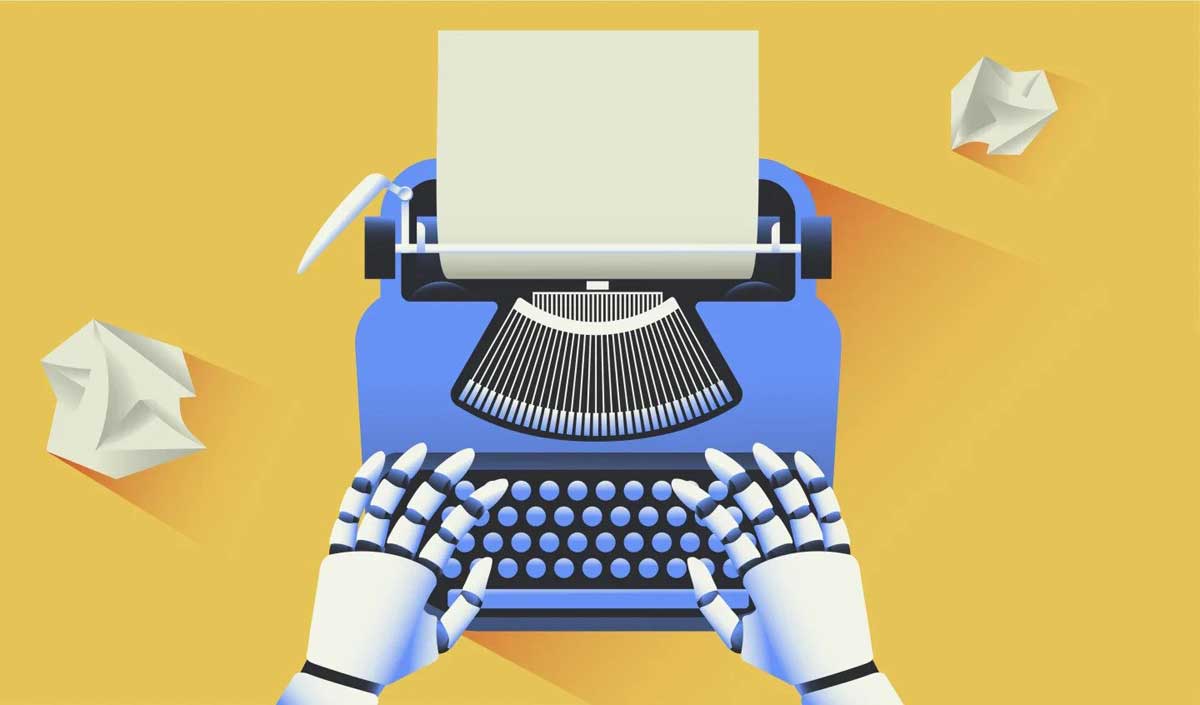With the advancement of artificial intelligence, chatbots like ChatGPT have become increasingly prevalent in our digital interactions. While these advancements offer numerous benefits, there are concerns regarding their possibility to contribute to the spread of information or fake news. Through this article, we will dig in and explore how it can propagate misinformation unintentionally and the ways to avoid it.
Understanding ChatGPT
ChatGPT is an AI language model designed to generate human-like responses based on the input it receives. It has been trained to handle tremendous amount of text and data from the internet, which enables it to comprehend and produce responses across ranges of topics. While ChatGPT has been trained to provide precise and accurate information, it is not immune to biases or false claims present in its training data.
Challenges in Detecting Fake News
Lack of Contextual Understanding: ChatGPT might struggle to fully comprehend the context and nuance behind certain questions or statements. This can lead to inaccurate or misleading responses, especially when dealing with complex or sensitive topics.
Confirmation Bias: ChatGPT, like any Artificial Intelligence model, is susceptible to inherent biases present in its training data. If the data contains biased or false information, ChatGPT may inadvertently reinforce those biases or provide misleading answers, further perpetuating misinformation.
Limited Fact-Checking Abilities: While efforts have been made to train ChatGPT to fact-check its responses, it still faces challenges in verifying information in real-time. Without robust fact-checking mechanisms, there is a higher risk of promoting inaccurate or false claims.
Mitigating the Spread of Fake News
Enhanced Training Data: Developers and researchers should continue refining the training data used for models like ChatGPT. By ensuring that the data is diverse, accurate, and reliable, we can reduce the prevalence of biases and false information.
Real-Time Fact-Checking: Integrating real-time fact-checking mechanisms into chatbot platforms can help minimize the spread of misinformation. ChatGPT could be equipped with the ability to consult trustworthy sources or databases to validate its responses before presenting them to users.
User Education and Awareness: Users interacting with chatbots like ChatGPT should be made aware of their limitations and the potential for misinformation. Encouraging critical thinking and promoting fact-checking habits can empower individuals to identify and verify information independently.
Collaborative Efforts: Collaboration between AI developers, fact-checking organizations, and researchers can contribute to the development of effective tools and methods to combat the spread of fake news. By working together, we can improve the accuracy and reliability of AI models like ChatGPT.
Conclusion
While chatbots like ChatGPT offer numerous benefits, they also pose challenges in combatting the spread of fake news. The potential for misinformation arises due to inherent biases, limited fact-checking abilities, and contextual understanding. By addressing these challenges through improved training data, real-time fact-checking, user education, and collaborative efforts, we can minimize the unintentional spread of fake news. It is crucial to continually refine AI models, strike a balance between human oversight and automation, and prioritize the accuracy and reliability of information in the digital age.





Leave A Comment